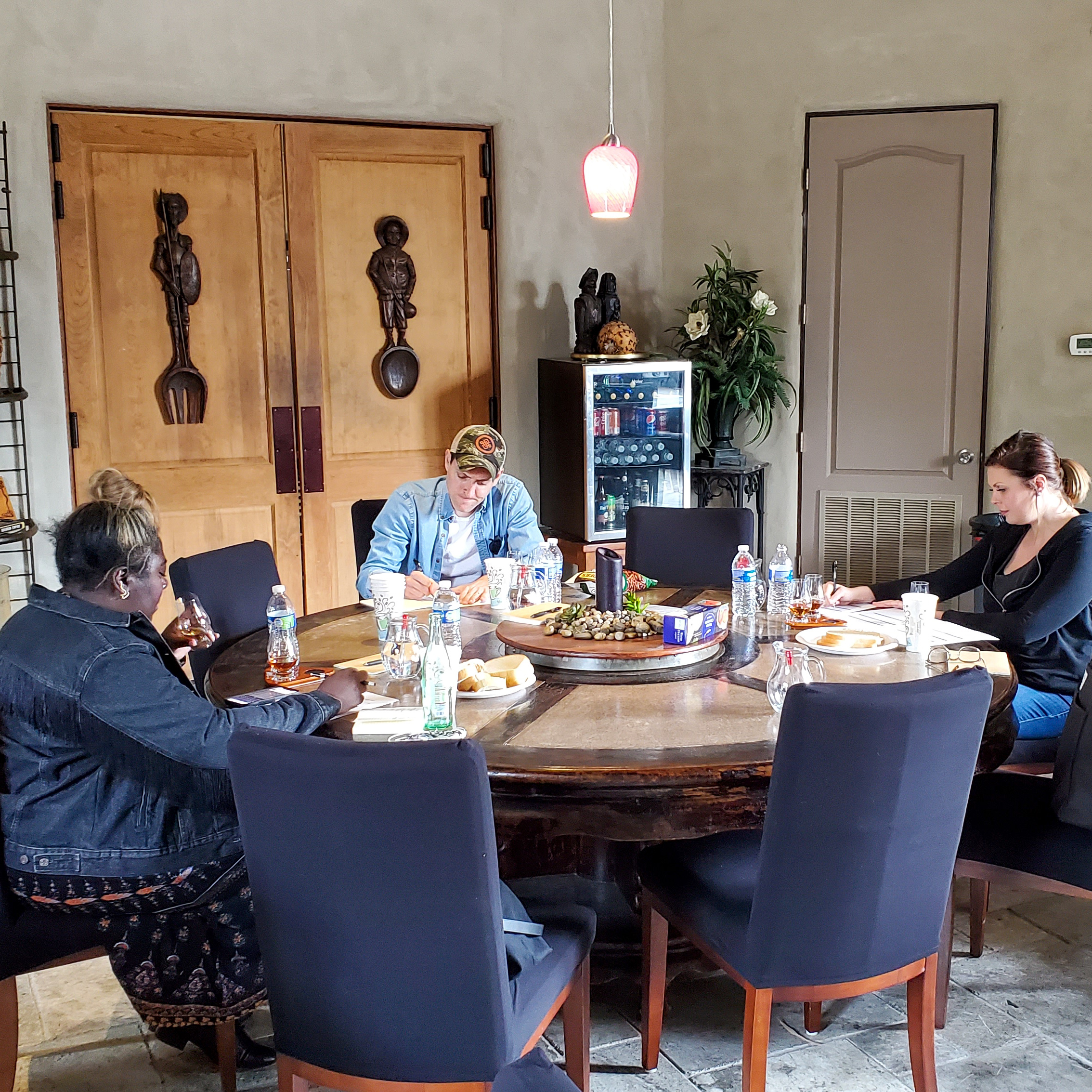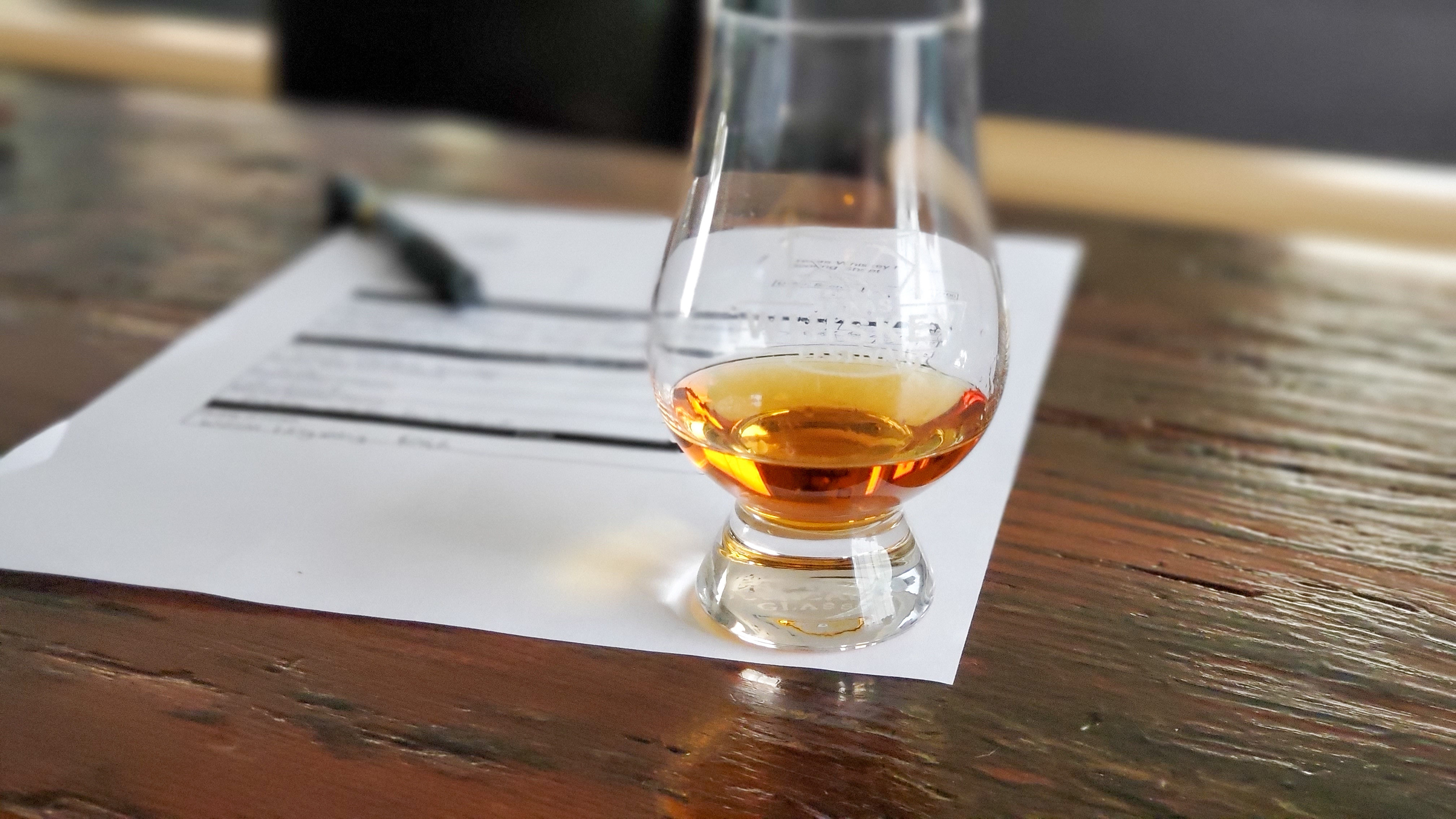As a proud native Texan, I could wax poetic all day about why our state’s whiskey is worthy of the world’s attention. To a certain extent, I already have. I raved about Texas bourbons for a solid 2000 words last year and would have happily gone on longer. Though the Texas whiskey industry is younger than those of Kentucky or Tennessee, don’t you dare call it inferior.
Why do I find Texas whiskey so special?
As this past winter proved, Texas can experience four seasons in one week. Depending on the weather pattern, we sometimes get four seasons in a single day. These extreme climate changes cause the expansion and contraction of the wood grains along the staves used in whiskey barrels. They shape the state’s terroir, too. Then there’s the bigness of Texas to consider. As a result of our climate and geographical diversity, you can get a wide array of delicious whiskeys from the Lone Star State. There’s no one flavor profile or mash bill that defines the state’s output.
So what does make a Texas whiskey “Texas?”
Since people like to capitalize off of Texas this and Texas that in their marketing, the Texas Whiskey Association launched the Certified Texas Whiskey Program to help people identify the whiskies that are actually produced here. To qualify as an authentic Texas whiskey, the spirit must be produced at a licensed distillery within the state, produced from cereal grains and Texas-sourced water from mash to fermentation to distillation to barreling, plus matured and bottled within the state. Furthermore, Texas whiskey needs to be compliant with the Tax & Trade Bureau (TTB) designations of whiskey in class and type before it’s independently verified by an officer of the Texas Whiskey Association compliance team.
Whew. That was a mouthful. But now that we have those logistics out of the way, let’s get into my work this year as a judge for the Texas Whiskey Festival (featuring a lineup of whiskeys that all followed those aforementioned parameters).
Jake Clements, co-founder, whiskey sommelier, creative director, and planner of the festival, is extremely passionate about Texas whiskey. He spreads its gospel at every opportunity, especially through this event. The fourth annual festival is taking place next weekend, April 16th and 17th, at Star Hill Ranch near Bee Cave, Texas (right outside of Austin). There will be 29 Texas-based brands represented with over 60 whiskeys available to try. Each year the Texas Whiskey Festival hosts a competition to determine who has the best Texas bourbon, rye, and malt whiskey. Festival attendees will have the opportunity to vote for their favorite distillery to decide on the people’s choice winner.
As for the official judging, this year’s panel of judges included yours truly, alongside Marianne Eaves, Kentucky’s first female master distiller, curator of Eaves Blind, and founder of Eaves, LLC Whisk(e)y and Spirits Consulting; and Tom Koerner the former GM and spirit guide of Seven Grand Whiskey Bar and Las Perlas Mezcaleria and current brand ambassador for Mezcal Unión.
Here’s us, tasting and debating whiskey:

Now you might be wondering, “What goes into blind judging?”
There are several components that you’ve probably seen in other Uproxx whiskey or spirits pieces — the nose, palate, complexity, and finish — that we all were asked to rank individually. While everyone has their own way of judging whiskey, I like to focus heavily on the hue along with the aforementioned criteria. The color of the whiskey can give you a hint of what you’re about to taste, in terms of how long it’s been in the barrel, which will inevitably contribute to its flavor.
Next, I like to spend my time engaging with the aroma. This is one of the most underrated parts of the whiskey tasting experience among novices (and even some experts). Many are too quick to gulp down the whiskey, thinking it’s all about the palate. When you do that, you’re missing out on a crucial part of the overall experience — and who wants to be cheated out of one part of a thing when they’re paying full price for it, right?!
So give your whiskey a nice whiff and explore the flavor notes it emits. (Note the glass of choice, below.)

Now comes the time to take a sip (not a big one). I like to roll the whiskey around in my mouth, picking up each nuance that resonates with me the most. Plus, it opens up my taste buds even more and I’m able to compare notes with that of the aroma.
Lastly — my favorite part of the tasting experience — is the finish. I think of the finish as a vacation to an unexplored land. You either fall in love and want to return or… you don’t. The same goes for the close of a whiskey sip. You either love it and want to revisit another nosing and taste or you discover you’d rather not. If you’d like to explore another sip, add a couple of drops of water to release even more aromas and flavors.
Trying whiskey doesn’t have to feel like a graded pop quiz, but it can feel that way when you’re in a group setting. One person tastes star anise, while another person gets stone fruit (such as plum, peach, cherries, etc.) and so forth. But not all palates are the same (and they’ve all developed differently), so it’s likely that you won’t share the exact same tasting experience as your friend or family members.
What we taste is also based on our frame of reference. For example, if you’ve never smelled or eaten stone fruit, you won’t know the exact flavor notes you’re picking up on the nose or palate. Think of it like this: You can’t say you love France, yet have never visited. How can you love a place you aren’t familiar with? The same applies to your sensory bank. It helps to smell different candles, spices, and fruits when you’re at a local farmer’s market or grocery store. When you smell and taste (don’t eat the candle though) these examples, your palate will be more attuned to what it’s experiencing when you taste something (in this case, a whiskey) that’s reminiscent.
Here’s what my notes look like:

Though we’ve picked this year’s winners of the Texas Whiskey Festival, as Clements puts it, “The best whiskey is the one you like.” So my final encouragement to you is this: Experiment. Play. Find something you don’t like so that you can better appreciate what you do. You be the judge of your next favorite whiskey.
As for me, when I blindly tasted Austin 101 Light Whiskey, I knew I’d found a winner for my particular palate. The other judges agreed and we gave it first prize in its category. That dram surprised me and I love it when I find myself surprised by a spirit. Get to tasting and find something that surprises you!
Top image credit: Luis Malagon. Gabrielle Pharms is on Twitter here.







